Search results for '10'
-
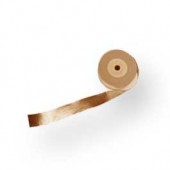
Genuine Gold Rolls
Starting at: £943.20
Call to Order
-
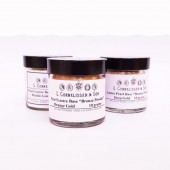
Pearl Lustre Bronze Powder
Starting at: £6.20
-
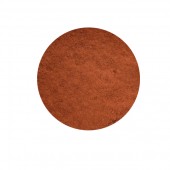
Burnt Green Earth Pigment
Starting at: £8.00
-

Van Dyke Brown Pigment
Starting at: £4.50
-

Yellow Ochre Light Pigment
Starting at: £4.96
-
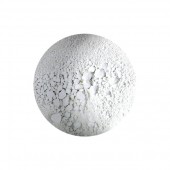
Titanium White Pigment
Starting at: £4.00
-

Essdee Linocut Tool Sets
Starting at: £7.30
-
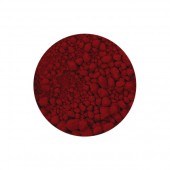
Carmine Red Genuine Pigment
Starting at: £10.00
-
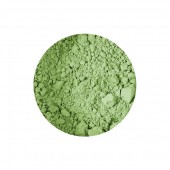
Terre Verte Pigment
Starting at: £4.00
-
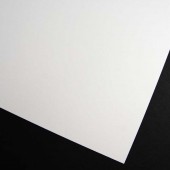
Fabriano Accademia Paper
Starting at: £29.40
-
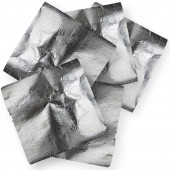
Cornelissen Aluminium Leaf Bulk Packs
Starting at: £16.00
-
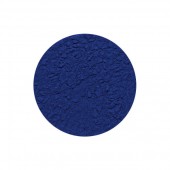
Ultramarine PB29 Pigment
Starting at: £9.10
-

Caput Mortuum Pigment
Starting at: £4.50
-
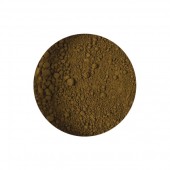
Raw Umber Pigment
Starting at: £4.00
-
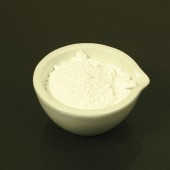
Alumina Hydrate Light
Starting at: £8.30
-
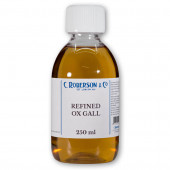
Roberson Refined Ox Gall
Starting at: £8.50
-
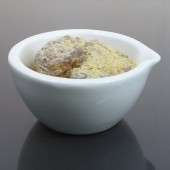
Gum Copal Manila
Starting at: £6.00
-
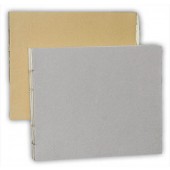
Khadi Note Books
Starting at: £9.95
-
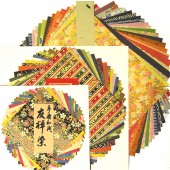
Japanese Origami Sets
Starting at: £10.55
-
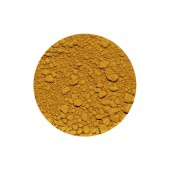
Golden Ochre Pigment
Starting at: £4.50
-
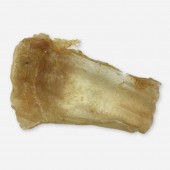
Isinglass
Starting at: £30.10
-
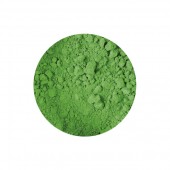
Cadmium Green Pigment
Starting at: £4.50
-

Ultramarine Blue Light Pigment
Starting at: £6.00
-
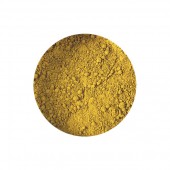
Raw Sienna Pigment
Starting at: £4.00
-
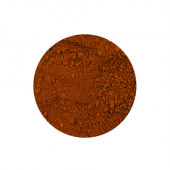
English Red Light Pigment
Starting at: £5.50
-
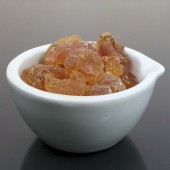
Gum Arabic
Starting at: £6.30
-
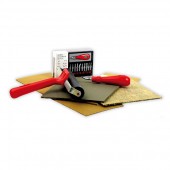
Essdee Lino Blocks
Starting at: £0.60
-
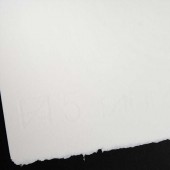
Fabriano 5 Paper
Starting at: £2.55
-

Cobalt Violet Light Pigment
Starting at: £10.00
-
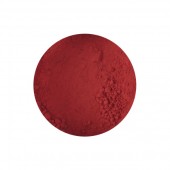
Alizarin Crimson Pigment
Starting at: £4.50





